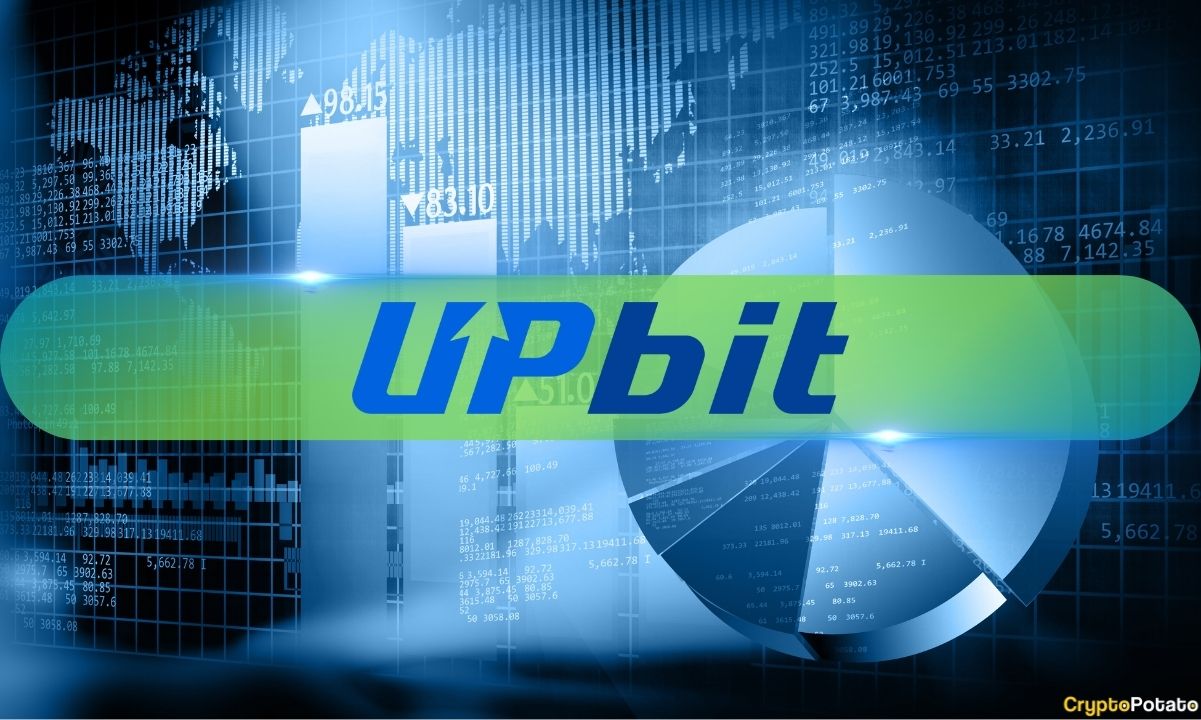
Blockchain technology heralds a transformative era in finance and transaction management. At the core of this seismic shift lies the ledger, a venerable tool for chronicling transactions and monitoring assets, which has been ingeniously adapted for the demands of the digital era. This innovation is not just modernizing the ledger: it has been reshaping the very fabric of trade financing, clearing the path for more secure, efficient, and transparent global commerce.

Traditional vs Blockchain Ledger: Core Functions and Reliability
Traditional Ledger Functions:
The traditional ledger has been the bedrock of financial record-keeping, a trusted repository where all transactions are meticulously logged. This system is hierarchical and linear, with each transaction entered as a line item, detailing debits and credits, and each entry subject to verification and reconciliation by accounting professionals. For example, when a purchase is made, it is recorded as a debit in the buyer’s account and a credit in the seller’s account, reflecting the movement of funds.
Institutions, such as banks, maintain their own centralized ledgers. These ledgers serve as the official record for all financial transactions conducted by the institution and its clients. The centralized nature means all updates and maintenance are handled internally. While this centralization can provide a sense of order and control, it also introduces a single point of failure. If the ledger is compromised, whether by internal mishandling or external breach, the integrity of the entire financial record is at stake.
Blockchain Ledger Functions:
In contrast, blockchain ledger technology represents a paradigm shift from centralization to a distributed model. Here, the ledger is not kept in one place but is instead a decentralized network of computers, each holding a copy of the ledger. This network is made up of blocks, which are like digital ‘packets’ of transaction data. Each block is cryptographically sealed and linked to the previous one, forming a chain that is tamper-evident.
To illustrate, when a transaction occurs on a blockchain, it is broadcast to a network of nodes (computers). These nodes use algorithms to validate the transaction using a consensus mechanism, such as Proof of Work (PoW) or Proof of Stake (PoS). Once consensus is reached, the transaction is added to a new block, which is then cryptographically linked to the chain. This process makes it extremely difficult to alter any single record, as it would require altering all subsequent blocks, which is computationally impractical.
An example of blockchain ledger functionality is seen in Bitcoin. When a user sends bitcoins, the transaction is broadcasted to the network and, after validation, added to a block, which is then linked to the blockchain. Every participant can see this transaction, ensuring transparency and trust without the need for a central authority.

Reliability:
The reliability of traditional ledgers is inherently linked to the organizations and individuals who oversee them. Human error, intentional manipulation, or systemic failures can compromise the accuracy of the records. For instance, if a bank’s internal system is hacked, this could lead to unauthorized transactions being recorded or legitimate transactions being altered. The centralized model requires significant trust in the institution’s ability to safeguard the ledger against such occurrences.
Blockchain ledgers offer a more robust solution to reliability through their distributed nature. The consensus mechanism ensures that no single transaction is approved without the validation of multiple nodes, which significantly reduces the risk of false records being added. This distributed consensus, coupled with the finality of blockchain entries, provides a strong defense against the common vulnerabilities found in traditional systems.
To put it into perspective, consider a supply chain blockchain application. Each time a product changes hands, the transaction is recorded on a blockchain, creating an auditable trail of the product’s journey. This ledger is not controlled by any single entity but is instead verified by multiple parties along the supply chain, making it highly resistant to fraud and ensuring that each participant can trust the ledger’s accuracy.

Traditional vs Blockchain Ledger: Convenience, Scalability, and Interoperability
Traditional Ledger Convenience:
Traditional ledgers, whether paper-based or part of a centralized digital system, are ingrained in the financial industry’s operations. Businesses and individuals often find these systems to be convenient because they align with established processes and regulations. For instance, when reconciling accounts, accountants can rely on familiar software interfaces and processes to manage financial statements, tax filings, or conduct audits. Customer support structures are well-defined, offering assistance through call centers, in-person meetings, or online services to resolve issues.
However, the convenience of traditional ledgers often depends on the user’s proximity to financial institutions or their operating hours. For example, executing international transactions typically involves multiple intermediaries and time zones, which can complicate and delay processes.
Blockchain Ledger Convenience:
Blockchain ledgers introduce a different kind of convenience, characterized by decentralized access and the elimination of intermediaries for certain transactions. This is particularly evident in cryptocurrencies, where anyone with an internet connection can send or receive funds at any time without the need for a bank. Smart contracts on blockchain platforms like Ethereum can automate complex transactions and agreements without human intervention, increasing efficiency and reducing the potential for error.
However, the convenience of blockchain can be offset by the initial complexity for newcomers. Understanding wallet setups, private and public keys, and the concept of decentralized finance (DeFi) platforms can be daunting. Yet, once these hurdles are overcome, the convenience of 24/7 global access and the reduction of bureaucratic layers can be significant.

Traditional Ledger Scalability:
The scalability of traditional ledgers is often constrained by the capacity of the underlying infrastructure. As a business expands or the volume of transactions increases, the physical and digital systems supporting traditional ledgers require scaling. This might involve upgrading IT infrastructure, expanding data storage capabilities, or hiring more staff. An example is a bank that needs to upgrade its servers and software to handle an increasing number of customer transactions, which can be costly and time-consuming.
Blockchain Ledger Scalability:
Blockchain ledgers, while inherently more flexible due to their distributed nature, also face scalability challenges. The PoW consensus mechanism, used by Bitcoin, has limitations in transaction processing capacity, leading to bottlenecks during peak usage times. This has been most evident in the form of increased transaction fees and longer confirmation times during market surges.
To address these issues, new consensus models and technologies are being explored. PoS, for instance, requires validators to hold and ‘stake’ native cryptocurrency to participate in transaction validation, which consumes far less energy than PoW and can process transactions more quickly. Sharding, another scalability solution, involves partitioning the blockchain into smaller, more manageable pieces, or ‘shards’, allowing parallel processing of transactions. These innovations aim to scale blockchain to meet the demands of global finance and beyond.

Traditional Ledger Interoperability:
Interoperability in traditional financial systems is hampered by the siloed nature of institutions and the variety of proprietary software they use. Transferring information or value across different platforms often requires manual intervention or complex integrations. For example, a business using one bank’s ledger system might struggle to seamlessly transfer financial data to another bank’s system due to incompatible formats or protocols.
Blockchain Ledger Interoperability:
Blockchain technology is pioneering efforts to create a more interoperable financial ecosystem. With the development of cross-chain protocols and blockchain bridges, different blockchain networks can communicate and transfer value among one another. For instance, Wrapped Bitcoin (WBTC) allows Bitcoin to be used on the Ethereum network by representing BTC with an equivalent ERC-20 token. This kind of innovation is paving the way for a more fluid and integrated digital asset environment.
Standards like ERC-20 for fungible tokens and ERC-721 for non-fungible tokens (NFTs) have established common frameworks that facilitate interoperability within the blockchain space. Additionally, organizations like the Interledger Protocol are working towards creating seamless payment channels between different ledgers and networks, blockchain-based or not.

The Future of Blockchain in Trade Financing: Envisioning the Next Frontier
The trajectory of blockchain in the realm of trade financing is marked by a series of advancements that herald a new age of efficiency, security, and global connectivity.
Enhanced Interoperability:
Blockchain’s potential for interoperability is crucial for a seamless global trade finance network. Initiatives like the Blockchain Interoperability Alliance and the development of protocols such as Cosmos and Polkadot illustrate this trend. These platforms allow for different blockchains to communicate and share value without intermediaries, creating a more fluid exchange of data and assets.
For example, imagine a scenario where a shipment from a supplier in one country, recorded on one blockchain, needs to be financed by a bank in another country using a different blockchain. Interoperability solutions would enable the smooth transfer of the shipment’s data across these blockchain networks, ensuring that financing arrangements can be made swiftly and with confidence in the data’s integrity.
Regulatory Clarity:
The recognition of blockchain’s legal status is paramount for its integration into mainstream finance. Jurisdictions such as Switzerland and Singapore are leading the way in establishing regulatory frameworks that accommodate blockchain technologies, providing clarity for businesses and financial institutions.
An example of regulatory clarity in action is the legal recognition of smart contracts and digital signatures, which are essential components of blockchain transactions. By establishing that these digital agreements are as legally binding as their traditional counterparts, businesses can engage in blockchain-based trade financing with greater confidence in their legal standing.
Advanced Scalability:
Scalability is being addressed through innovative blockchain solutions. Beyond PoS and sharding, techniques like state channels, sidechains, and layer-2 solutions like Lightning Network offer the promise of facilitating a higher volume of transactions with less congestion and lower fees.
Consider the case of a global retailer that needs to process payments to thousands of suppliers quickly. Scalable blockchain solutions could enable the retailer to conduct these transactions in near-real time, significantly improving cash flow and operational efficiency.
Integration with IoT and AI:
Blockchain’s integration with the Internet of Things (IoT) and Artificial Intelligence (AI) could transform trade financing by enhancing the tracking of goods and automating decision-making processes. IoT devices can provide real-time data on the location and condition of goods, which, when recorded on a blockchain, offers immutable proof of the supply chain’s integrity.
AI can analyze this data to predict and manage risks, automate the creation of smart contracts based on predefined criteria, and optimize financing terms. For instance, an AI system could analyze the historical data of shipment deliveries stored on a blockchain to provide dynamic financing rates based on predicted risk levels.
Revolutionized Cross-border Payments:
Blockchain’s impact on cross-border payments has the potential to be revolutionary, leveraging cryptocurrencies or stablecoins to facilitate immediate settlement without the need for traditional banking networks. Ripple’s XRP and the JPM Coin by JPMorgan are examples of how digital assets can be used to realize this vision which is much faster than using Telegraphic Transfer.
Imagine a manufacturer in Europe purchasing raw materials from Asia. Using blockchain for the payment, the transaction could be completed in seconds rather than days, significantly improving the efficiency of trade and the management of working capital.

Embracing the Blockchain Paradigm in Trade Financing
Blockchain technology in the context of trade financing reveals a transformative shift from the traditional ledger systems to a more dynamic, secure, and interconnected framework. The evolution from centralized to decentralized ledger keeping is not merely a change in technology but a redefinition of how global trade is conducted, promising greater transparency, efficiency, and trust.
As we stand on the precipice of a new era in trade financing, it is evident that blockchain ledger technology is not just an incremental improvement but a foundational revolution that is reshaping the landscape. The future of trade financing, powered by blockchain, looks to be more inclusive, agile, and robust, promising a world where transactions are conducted with unprecedented levels of confidence and accessibility. The journey from traditional to blockchain ledgers symbolizes a leap into a future where the potentials of secure, global trade are fully realized.

References
- Blockchain Ledger Vs Ordinary Ledger: A Detailed Comparison
- Difference Between A Blockchain Ledger and An Ordinary Ledger
- Blockchain Ledger Vs Ordinary Ledger: A Detailed Comparison
- Trade finance and blockchain - a short guide - Primadollar
- Blockchain Technology in Trade Finance | 4IRE
- Unifying the Blockchain Universe: Cross-Chain Interoperability and the Future of Cryptocurrency
The Ledger Revolution: Blockchain’s Impact on Trade Finance was originally published in The Dark Side on Medium, where people are continuing the conversation by highlighting and responding to this story.

 1 month ago
31
1 month ago
31






 English (US) ·
English (US) ·